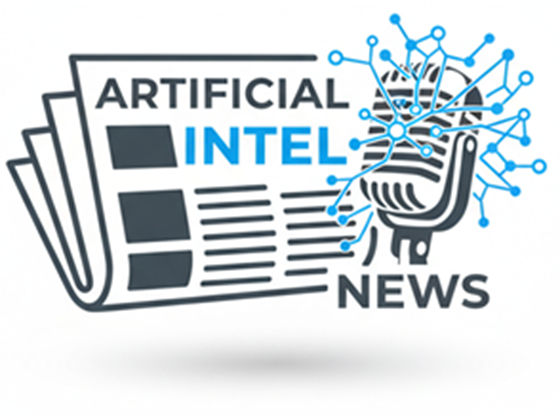The rise of AI web crawlers and their interaction with websites has sparked significant debate within tech communities and beyond. A recent controversy involving Cloudflare and the AI search engine Perplexity highlights the complexities of this issue. At the heart of the debate lies a critical question: Should AI agents accessing websites on behalf of users be treated as traditional bots, or more like human users making direct requests?
Cloudflare, a leading provider of web security services, accused Perplexity of bypassing specific blocking methods. This incident occurred when Cloudflare set up a new website with specific directives in its robots.txt file to prevent Perplexity’s known AI crawling bots from accessing it. However, the AI still managed to retrieve the site’s content by using a generic browser impersonating Google Chrome. This led to accusations from Cloudflare’s CEO, Matthew Prince, who equated the behavior to malicious hacking.
Defenders of Perplexity argue that the AI’s actions were user-driven, akin to a human requesting access to the information. They contend that if a user has the right to request a website, then an AI acting on their behalf should be treated similarly. This perspective challenges traditional notions of bot activity, which historically have been seen as intrusive or malicious unless explicitly permitted by website owners.
Perplexity responded by attributing the behavior to a third-party service and criticized Cloudflare for allegedly overstating the issue. The company emphasized that the distinction between automated crawling and user-driven fetching is not merely technical but philosophical, raising questions about who can access information on the open web.
While Cloudflare cites OpenAI as a model for best practices, adhering strictly to robots.txt directives and using open standards for web bot authentication, the broader landscape of AI activity on the internet is evolving rapidly. Reports suggest that AI-driven traffic now accounts for over half of all internet activity, with significant portions being from large language models (LLMs).
The implications of this shift are profound. As AI agents increasingly handle tasks like booking travel or making purchases, websites face a dilemma. Should they block AI access to protect their business models, or embrace it to potentially increase transaction efficiency?
This ongoing debate underscores the need for evolving standards and practices to balance the interests of AI developers, website owners, and end users. As AI continues to reshape the digital landscape, finding common ground will be crucial for future internet governance.






